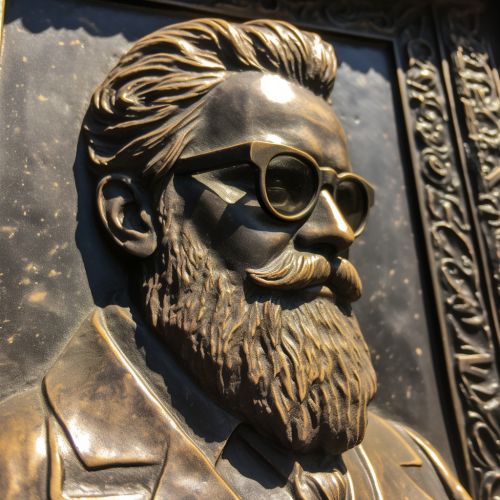Boltzmann's entropy formula
Introduction
Boltzmann's entropy formula, also known as Boltzmann's equation, is a fundamental principle found in the field of statistical mechanics. It provides a quantitative measure of the number of microstates corresponding to a macrostate for a given system. The formula is named after its originator, Ludwig Boltzmann, a prominent Austrian physicist who made significant contributions to the field of statistical mechanics.


Historical Context
Boltzmann's entropy formula was first introduced in the late 19th century. At this time, the concept of entropy was already well established in the field of thermodynamics, primarily due to the work of Rudolf Clausius. However, the microscopic interpretation of entropy was still lacking. Boltzmann's entropy formula provided this microscopic interpretation, bridging the gap between thermodynamics and statistical mechanics.
Mathematical Formulation
Boltzmann's entropy formula is mathematically expressed as:
S = k log W
where:
- S represents the entropy of the system
- k is the Boltzmann constant, which serves as a conversion factor between energy and temperature
- W is the number of microstates corresponding to a given macrostate
- log is the natural logarithm
Interpretation and Significance
The significance of Boltzmann's entropy formula lies in its ability to provide a statistical interpretation of entropy. It links the macroscopic concept of entropy in thermodynamics with the microscopic concept of microstates in statistical mechanics. The formula implies that the entropy of a system increases as the number of microstates increases, reflecting the second law of thermodynamics.
Applications
Boltzmann's entropy formula finds wide applications in various fields of physics and engineering. It is used in the study of quantum mechanics, condensed matter physics, chemical thermodynamics, and information theory, among others.
